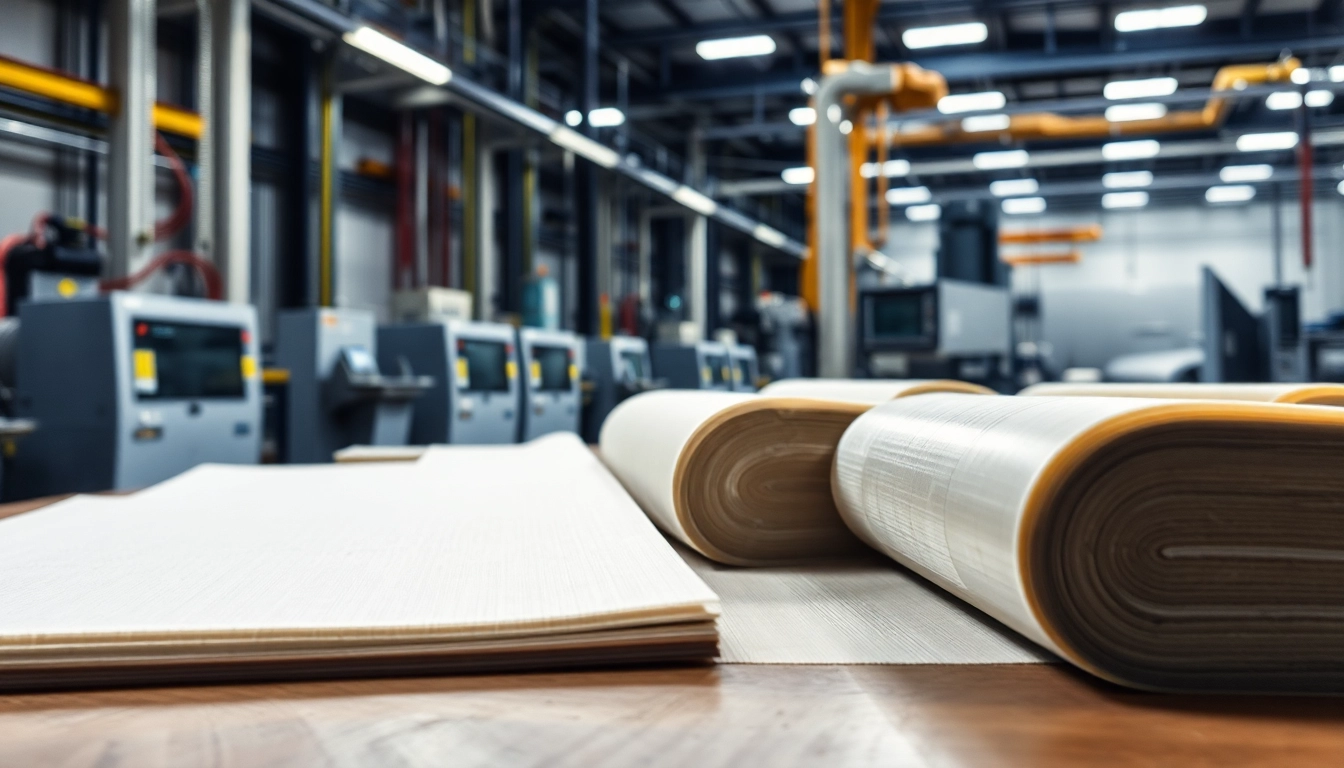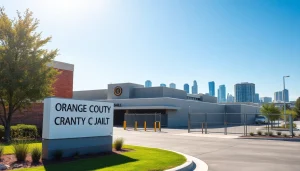Understanding Epoxy Prepregs and Their Applications
In the realm of advanced manufacturing, epoxy prepregs have emerged as a vital material due to their exceptional properties and versatility. These composite materials, pre-impregnated with resin, are reshaping industries by offering benefits that enhance product performance and manufacturing efficiency. In this article, we will explore what epoxy prepregs are, their diverse applications, and their advantages over traditional materials.
What Are Epoxy Prepregs?
Epoxy prepregs are composite materials made by pre-impregnating reinforcement fabrics, such as fiberglass or carbon fiber, with a liquid epoxy resin. This process ensures that the fiber is fully saturated with resin before being cured. The resulting material offers a unique combination of strength, lightweight properties, and flexibility, making it a preferred choice in high-performance applications.
Common Industries Utilizing Epoxy Prepregs
Epoxy prepregs find application across several industries, thanks to their superior mechanical properties. Notable sectors include:
- Aerospace: Aircraft components benefit from the high strength-to-weight ratio of epoxy prepregs, leading to improved fuel efficiency and performance.
- Automotive: The automotive industry uses epoxy prepregs in manufacturing lightweight parts that enhance vehicle performance while offering design flexibility.
- Sports Equipment: From bicycles to tennis rackets, manufacturers utilize epoxy prepregs to create products that are both durable and lightweight.
- Electronics: Epoxy prepregs are crucial in producing components that require high thermal and electrical resistance.
Benefits of Using Epoxy Prepregs in Manufacturing
The adoption of epoxy prepregs presents numerous benefits for manufacturers:
- Consistency: The controlled resin content ensures uniformity in every batch, leading to predictable mechanical properties.
- Efficiency: Pre-impregnated materials reduce the need for mixing resins on-site, cutting down preparation time and labor costs.
- Enhanced Performance: Epoxy prepregs provide greater tensile strength and stiffness compared to traditional materials, making them ideal for structural applications.
- Reduced Waste: The precision of epoxy prepregs minimizes excess material, contributing to more sustainable manufacturing practices.
Manufacturing Process of Epoxy Prepregs
The Pre-Impregnation Technique
The manufacturing of epoxy prepregs begins with the pre-impregnation process, where the chosen reinforcing fabric is saturated with liquid epoxy resin. This process is conducted under controlled conditions to ensure optimal resin-to-fiber ratios. The resulting prepregs are then rolled onto a spool or cut into sheets, enabling easy handling and transportation.
Curing Methods for Epoxy Prepregs
Once the prepregs are ready for use, they undergo curing—typically involving heat and pressure—transforming the flexible material into a rigid, durable component. The curing process can vary based on the specific formulation of the epoxy resin, with common methods including:
- Autoclave Curing: This method uses a pressurized environment to cure the material, ensuring uniform temperature distribution and optimal mechanical properties.
- Oven Curing: Suitable for smaller batches, curing in an oven allows for a more straightforward process but may require careful temperature management to prevent uneven curing.
Quality Control in Production
Quality control is crucial in the production of epoxy prepregs to maintain high standards. Testing methods include:
- Tensile Testing: Measures the strength of the prepregs to ensure they meet required specifications.
- Thermal Analysis: Determines the curing characteristics and thermal stability of the materials.
- Visual Inspections: Identify any defects in the fabric or inconsistencies in the resin application before use.
Advantages of Epoxy Prepregs Over Traditional Materials
Improved Strength-to-Weight Ratio
One of the most significant advantages of epoxy prepregs is their impressive strength-to-weight ratio. This characteristic is particularly critical in aerospace and automotive applications, where minimizing weight while maximizing structural integrity can lead to improved energy efficiency and performance.
Enhanced Durability and Resistance
Epoxy prepregs are renowned for their durability, offering resistance to corrosion, chemical exposure, and UV radiation. This makes them ideal for use in harsh environments, extending the lifespan of components and reducing maintenance costs.
Simplified Processing Techniques
Using epoxy prepregs simplifies many manufacturing processes. The pre-impregnated nature of these materials enables quicker molding techniques, reduces processing time, and minimizes the need for after-treatment processes. This efficiency is invaluable in high-volume production scenarios.
Challenges in Using Epoxy Prepregs
Handling and Storage Considerations
While epoxy prepregs offer numerous advantages, there are challenges associated with their handling and storage. These materials often require refrigeration or freezing to ensure their effectiveness and prevent premature curing. Effective inventory management systems are essential for manufacturers to manage supply while maintaining product integrity.
Curing Time and Temperature Control
The curing process for epoxy prepregs necessitates strict control of time and temperature to achieve the desired mechanical properties. Variations in either can lead to subpar performance, making process optimization a key area for manufacturers looking to leverage these materials effectively.
Cost Implications for Manufacturers
The costs associated with epoxy prepregs can be higher than those of traditional materials; however, the long-term benefits often outweigh initial investments. Manufacturers must consider not only the upfront costs but also potential savings in labor, materials waste, and extended product lifespan.
Future Trends in Epoxy Prepreg Technologies
Innovations in Resin Formulations
Research and development in resin formulations are driving innovations in epoxy prepregs. This includes the development of bio-based resins that enhance sustainability without compromising performance. Such advancements could redefine production practices across various sectors, encouraging broader adoption.
Sustainability Initiatives in Prepreg Production
As the push for sustainable practices spreads across industries, epoxy prepreg manufacturers are exploring eco-friendly production methods. This includes reducing energy consumption during the production process and utilizing renewable resources in resin formulations.
Emerging Applications of Epoxy Prepregs
New applications for epoxy prepregs are continually emerging, especially in industries such as renewable energy, with wind turbine blades being one notable example. As technology and manufacturing processes evolve, the potential for innovative applications will likely expand, presenting opportunities for manufacturers to meet the demands of new markets.


